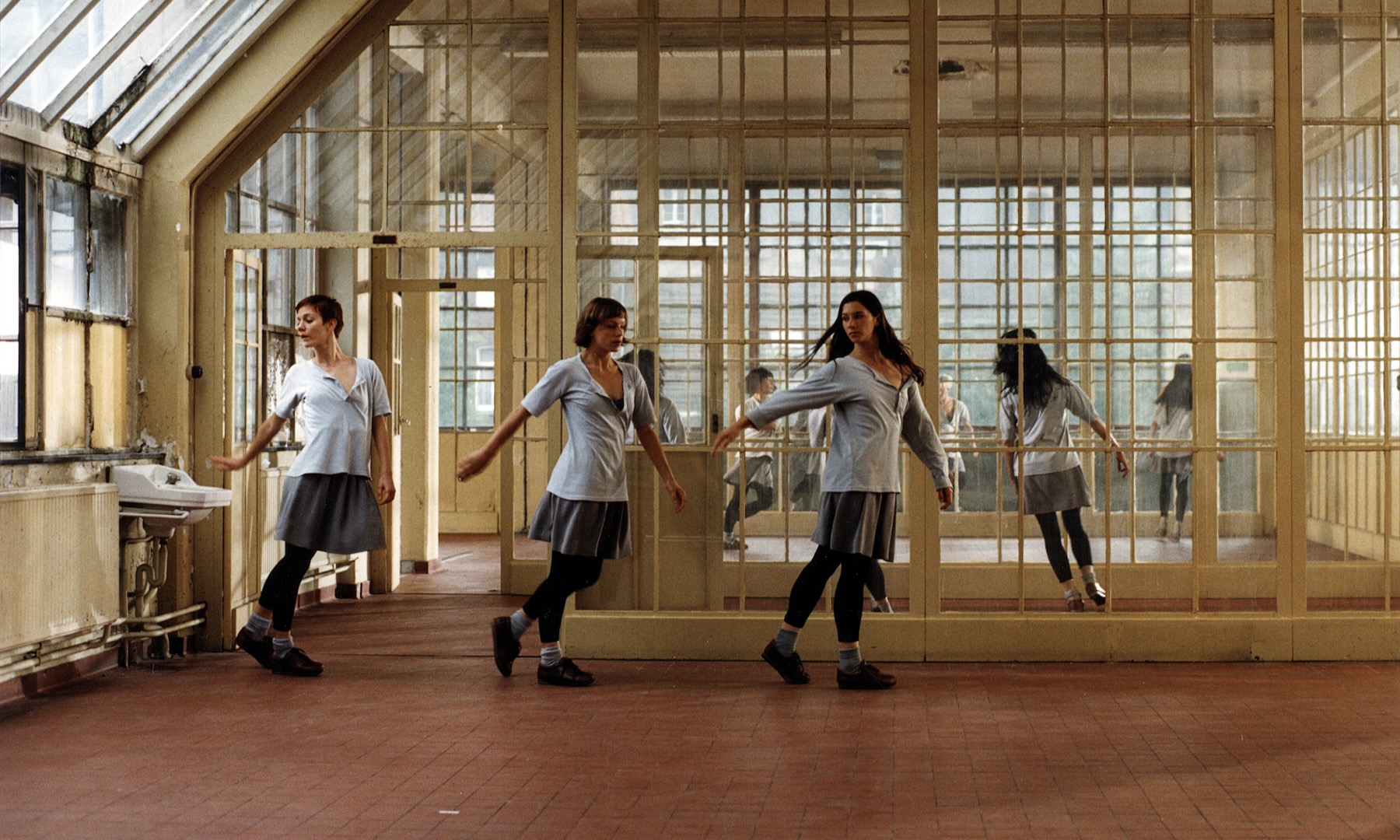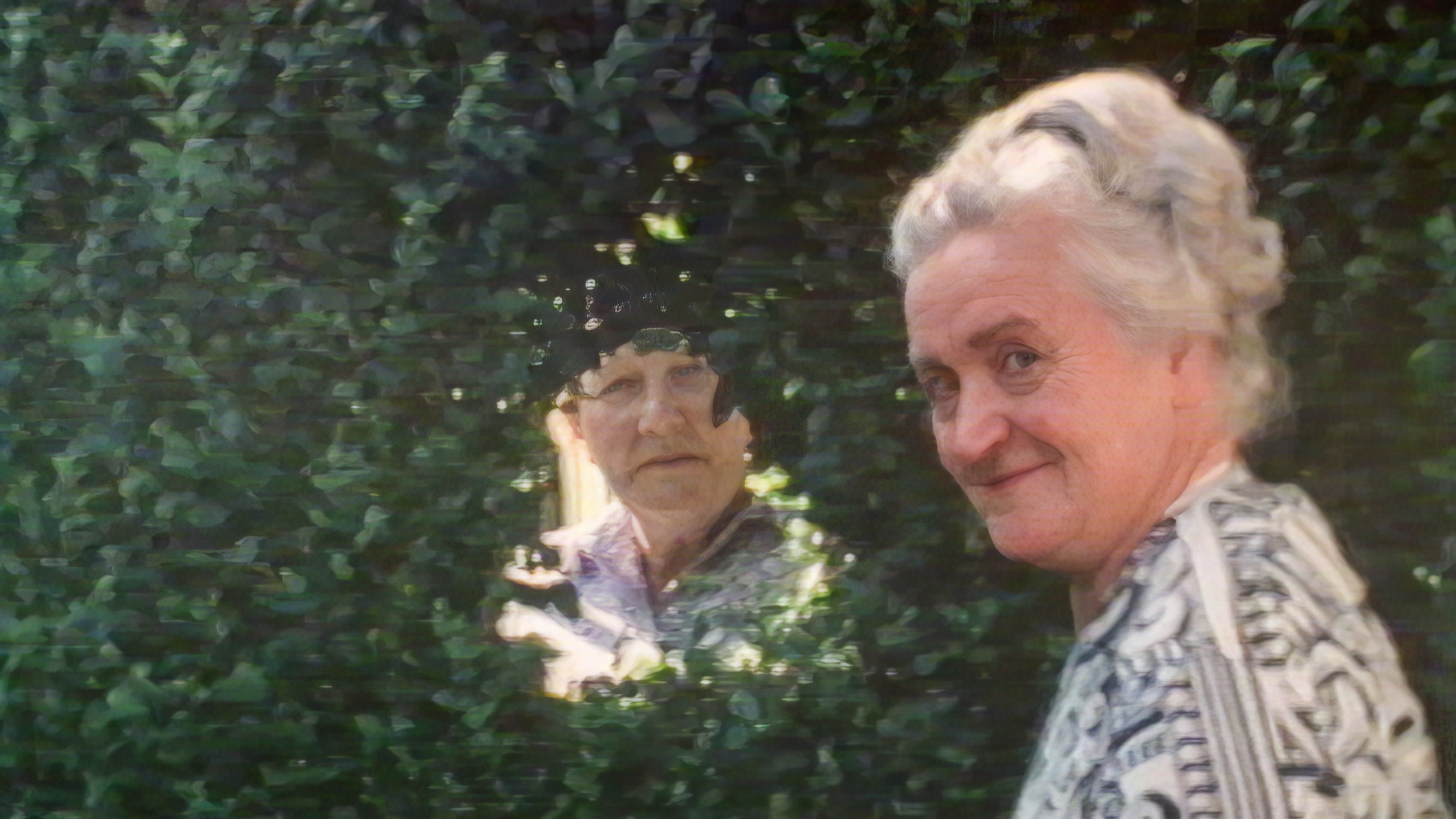Since its creation in 1983, dance performance Rosas danst Rosas has remained a benchmark piece in the repertoire of the Rosas dance company. In his film made in 2002 and shot in Leuven in the former technical school of architect Henry Van de Velde, Thierry De Mey has created a compelling cinematographic interpretation of this seminal performance. The sharp rhythmical editing creates a startling visual dynamic that interplays with that of the choreography. The different dancers span several generations, which accentuates the notion of progression and timelessness within the work. The film captures the underlying energy and feminist inference of the dance, whilst its aesthetic beauty enhances its appeal to a wide audience.
“Divided into three sections, this dance for camera translates a full and elaborate idea of movement via an extremely minimalistic presentation. De Keersmaeker saw no need for bright or structured costumes, dramatic level-changing movement, or anything more than natural light. Through repetitive movement, growth of light and space, and rhythmic musicality, she created a breath-taking dance for camera that takes the viewer on a visually fascinating journey.”
Hazel Black
“From great vividness to nebulous atmospheres, each new opus from Thierry De Mey – be it film, composition or installation – represents a particular study of moving bodies. In their own way each one tells the magical story of time unfolding and man wrapped up in it. De Mey composes a choreography on choreography; he produces a work of creation by sublimating that of its partners. The image naturally involves music and dance in his creative process, giving his art the sense of a three-strand plait.”
Camille Guynemer
“I was understanding how important movement inside music is: movement is like the music of music. The pianist has to make movements inside the notes, and I think it is really important for all those people who want to play, sing or do anything else. Obviously, in dance the movement is the purest, but it exists in every human thing; it is inside a film, everywhere, inside the actors.”
Thierry De Mey
“His films construct a complex dialectic between architecture and gesture, environments and movements, spaces and beings. His filming locations are not mere backdrops; they are milieus that form a matrix of original corporealities and particular kinds of movements as the dancers are imbued with them, have to adapt to them, and insert themselves and unfold their movements in them. Indeed, the spaces the dancers are immersed in are an important part of the mise-en-scène and the dancing: they are a springboard for new meanings, connotations, kinesthetic qualities, body states, interactions, aesthetics, and poetics.”
Sophie Walon










